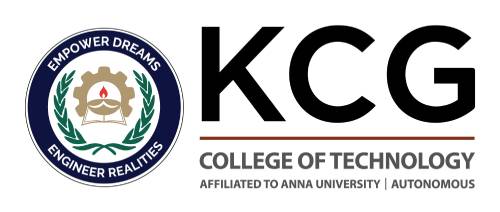Influence of Artificial Intelligence (AI) in EduTech
To say that educational methods haven’t changed over the years would be a lie. Much can be said about the ongoing struggle of dealing with learning from home, and while some have found their peace in productivity hacks easily found on social media, many have turned to upskilling as their means of growth. Technological adoption has only accelerated over the course of this lockdown and this has seen an expeditious response from Edu-Tech firms worldwide, operating with the sole goal of delivering top notch education to those confined at home. Although, it may take several years to fully acknowledge this new industry, the utilisation of Artificial Intelligence, or AI, has already fueled a paradigm shift in the sector.
There are several small-scale implications of the introduction of technology into the age-old concept of learning. Let’s take a look at how AI has revolutionised education as we know it.
Individualised Attention & Curated Content:
Gone are the days where a student would have to wait his/her turn in a line to clarify a doubt with a teacher. With the advent of online courses and discussion forums, any and all queries one could possibly pose, are either already answered or can be asked easily. And furthermore, with the completion of a few courses of a certain subject, AI-based adaptive learning systems curate the content a student may consume and offer helpful suggestions on what could be next in the learning curve in real-time.

Skill Analysis:
Another often under-appreciated aspect of online learning platforms is the precision with which they analyse one’s current skill level in any subject matter. This is usually done with a small question set of increasing difficulty. Based on the level of difficulty one clears, an accurate assessment of one’s comprehension can be obtained. Using this information, a student-specific curriculum can be constructed focusing on weaker areas which require more attention. This system keeps track of a learner’s progress and modifies the proposed curriculum in real-life to maximise efficiency.
Reach:
Remote areas have historically been the Achilles heel of the education industry. This is no longer the case. It is much easier for students in less accessible areas to access more knowledge than what was previously imparted to them. With the existence of Wi-Fi in even the most rural areas in this modern world, higher quality of educational content is now within everyone’s reach.
Not only has education been made more accessible for the geographically challenged, those with special needs are also being catered to. Given how those with learning and physical disabilities have always been sequestered from the conventional methods of pedagogy, the equality provided by remote learning has never been seen before, thus enabling them to effectively and even master the most difficult topics.
Choosing Professions:
Choosing a career path is one of the most dreaded, yet instrumental decisions made in the life of an adolescent. With the limited access to content provided by conventional education, this decision was often made without exposure to the vast majority of fields available. However, the mere existence of EdTech is able to overcome the short-sightedness in this crucial front which has jeopardized the futures of millions of young talent in the past.
Not only is more information easily available to those making decisions, the process itself is facilitated by the currently available data-mining tools, which provide insights into both the interests and aversions a particular student may possess while taking into account their long-term objectives.
In the present day, Artificial Intelligence has been instrumental not just in education, but in every sector. Currently, AI is being used in all areas requiring pattern-matching, speech recognition, analytics and any form of complex decision making. As one would expect to occur with the development of AI educational solutions, voids in teaching and training are identified, thus revealing scope for growth and improvement.
As can be clearly seen, there are many ways in which AI is improving the sphere. Both those imparting as well as those receiving education benefit from developments in technology. The education industry is also offering educational institutions a competitive advantage by bringing e-learning softwares and platforms to connect with students. Looking at the bigger picture, there is no way to know what’s next. But it is important to note that the future is not AI-Led, it is only AI-assisted.
Despite all the advantages mentioned earlier, there is no substitute for human interaction. Schooling is not just a place of education, but also one of emotional growth. Several expects agree that the most promise lies in the concept of AI-assisted teaching, not in AI-led classrooms. The tools being created can be efficiently used to help determine what is best for a database of students, however anything requiring creativity cannot be learnt from a machine. In conclusion, one could say that although there is, and always has been, a role for humans in the classroom, the future of AI is not to compete with humans but rather to empower them to teach and learn more efficiently than ever seen before.








